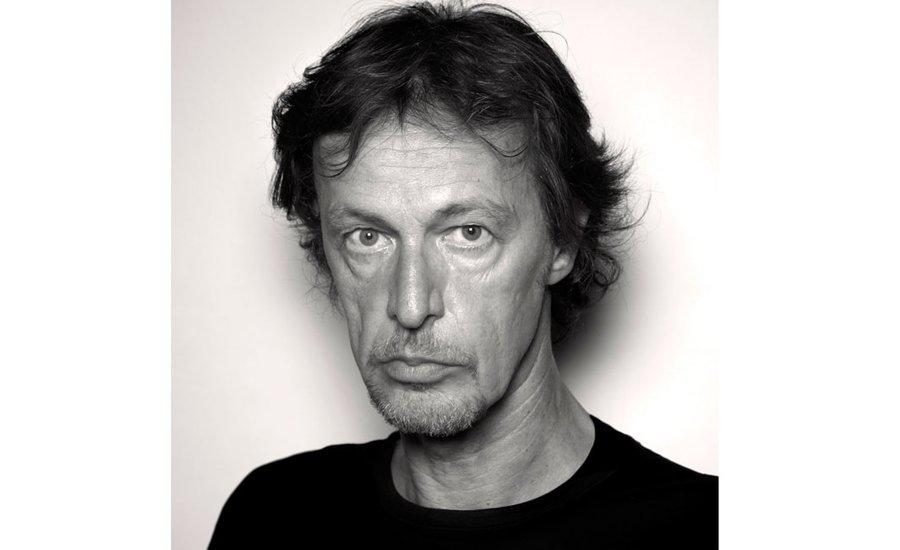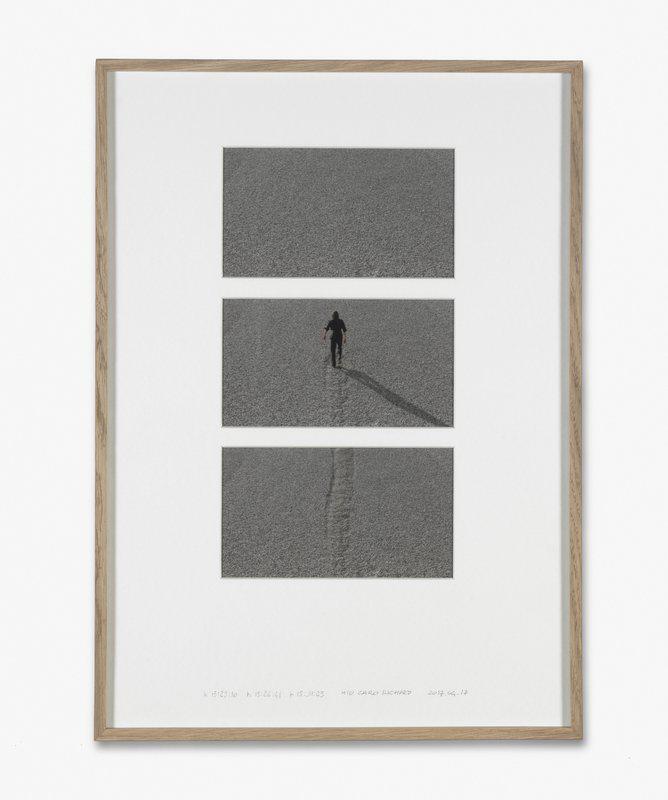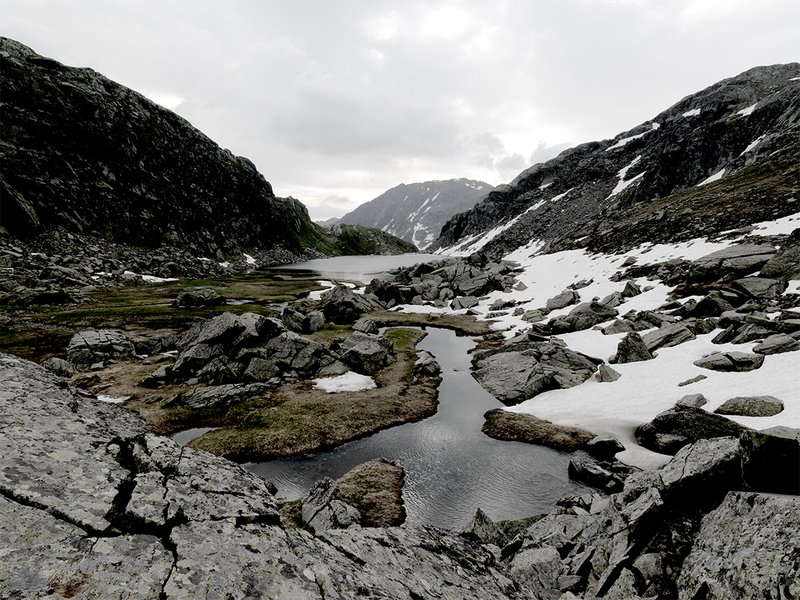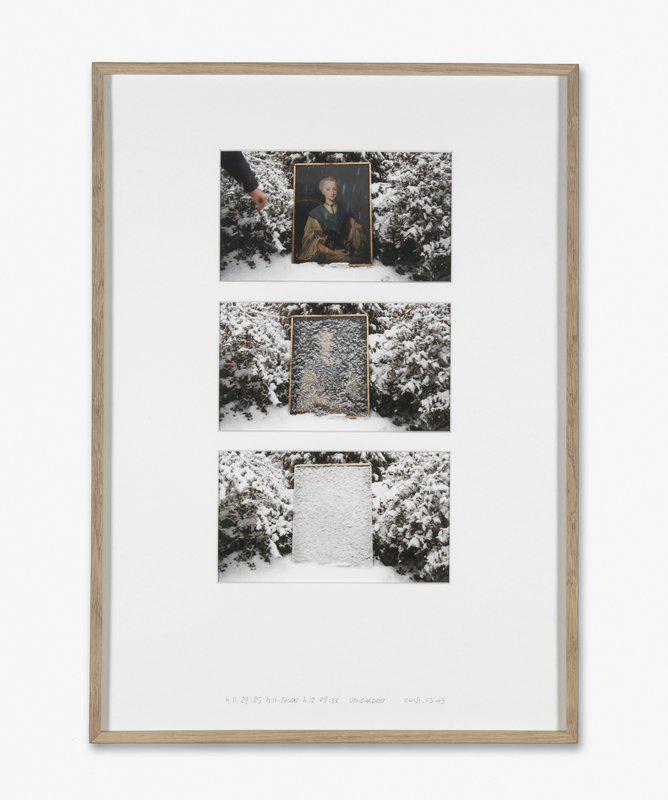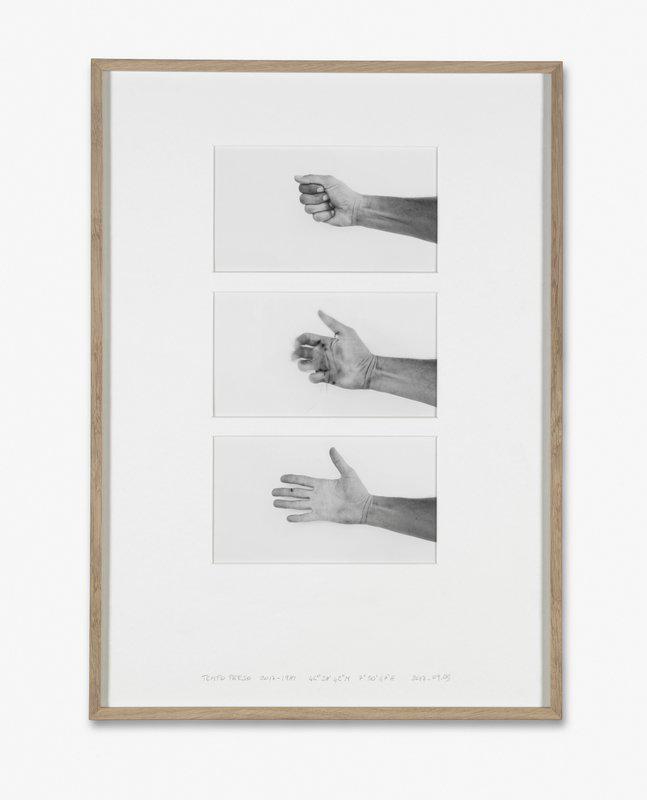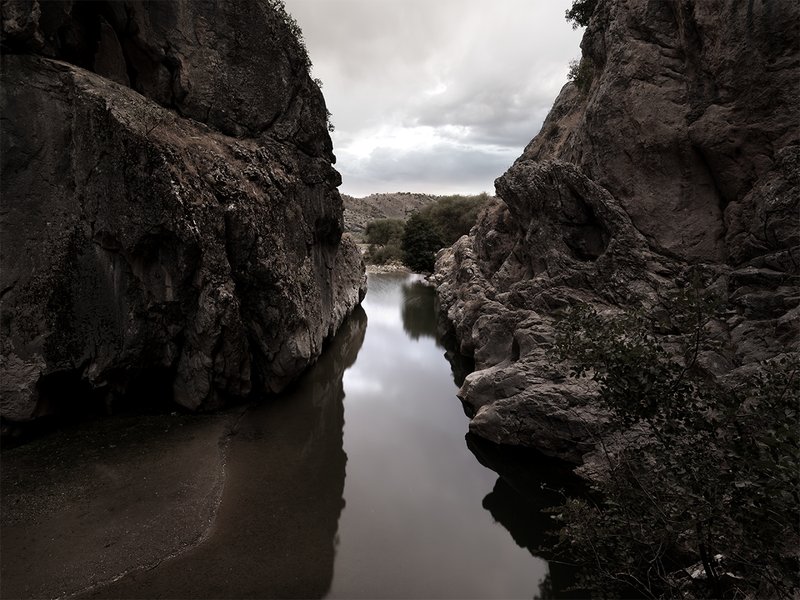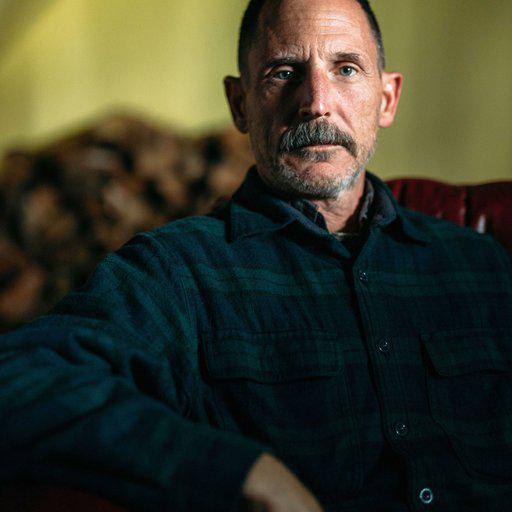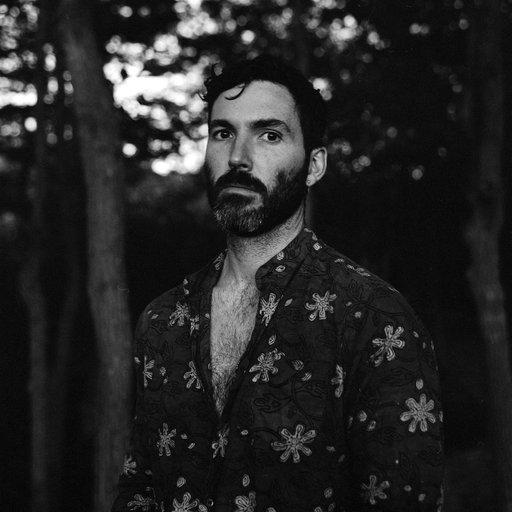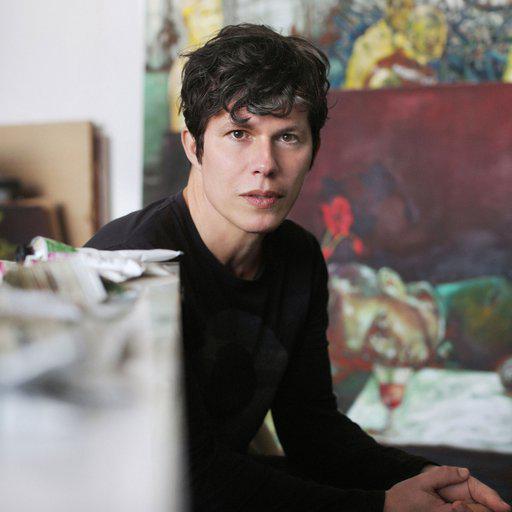If we can argue that artists work with intangibles, then we could perhaps also say that Bepi Ghiotti’s chosen medium is time. The Italian artist was born in 1975 and can remember first taking an interest in temporal representation, while watching his father splice together strips of Super 8 home movie footage with a pair of scissors and some tape.
As the artist explains in our interview, “this for me brought the first realizations of what one could do with the notion of time.” Over the subsequent years, Ghiotti has worked in a wide variety of media, including photography, video, painting and installation, while grappling with the experience of being present in an ever-changing world.
Others certainly share these enthusiasms; Ghiotti’s work has been shown at such prestigious events and installations as Musei Reali di Torino, Art Basel, Centro d’Arte Contemporanea Castello di Rivara, Musée d’Art Moderne de Paris, Triennale di Milano and Nottingham Contemporary.
However, rather than rely on the conventional gallery system, Ghiotti has decided to offer his work directly via this site. In our new series of profiles of artists who sell directly via Artspace, he describes his best-known projects, how he attempts to remain anchored in the moment, and why, in his view, even a static, framed artwork is in perpetual motion, in constant interaction with the surrounding environment.
Tell us about your journey to becoming an artist, how did it start? I don’t think one ever fully becomes an artist, it is a progression in constant development. But this is an interesting question because here we are talking about provenance, the origins of an unremitting process, which is also a very important concept for me. I find that it is never easy to pinpoint the origins of things, and this is part of what pushed me to follow the courses of rivers upstream to find their source, taking days if not months to reach them, which then led to the series of photographs entitled Sources. This led me to the realization that there can be different recognized sources for rivers. Politicians, states and local people can have different ideas of what constitutes the original source, and I find this very interesting, because it all depends on the use one makes of it.
I remember that as a child I was impressed by the images of super 8 films that my father edited with scissors and tape, and this for me brought the first realizations of what one could do with the notion of time, also important for me. My first approach to art was photographic, but I wouldn’t define it as such because it is an evolution that is still in progress. I think of art as a daily practice, a way of being more than a way of doing. I believe that being an artist is related to how one is present in the world and how we make use of the space that we occupy. For this reason, I don’t want to be limited or defined by the tools that I use, because they are a means of tapping into a certain sensibility. I always felt that there could be a different way of interaction with our surrounding environment, different in the sense that it does not follow the overarching capitalist consumerist culture. Art for me means following this type of awareness. I think this realization came to me naturally, and I began to use the tools available to me as a way of expressing what it meant.
You put great emphasis on purity and exactness in your work, why is it so important to you? Art is a phenomenological experience; it is a tool that can help us achieve what is usually seen as inaccessible or utopic. I search for the very essence of things, so as to go beyond appearances and all that is superfluous. I try to go to the bone, working by subtraction. Everything that can be taken out must be taken out, so what lies beneath the surface, that which remains, becomes clearer and can be more easily grasped.
For this to happen it is important to de-spectacularize the internal monologue. Ideas will try to convince us and offer ready-made solutions, creating expectations and pre-meditated outcomes. But ideas can be misleading, they can disconnect us from our surrounding environment, making the process too cerebral, not anchored in the actuality of the moment. For this reason I seek to remove all layers of pre-meditated meaning, to be able to grasp that clarity, that truth that lies beneath the surface. Then, whatever it is that I find, I try to give it another chance so that it can expand in the world, and so will acquire new forms, such as that which will be created in the exchange with the spectator. Yet we must also be aware that absolute exactness can never be achieved. There is always a tension that is pulling towards a form of purity, the absolute, but this is a sort of driver of the entire process, not the process itself.
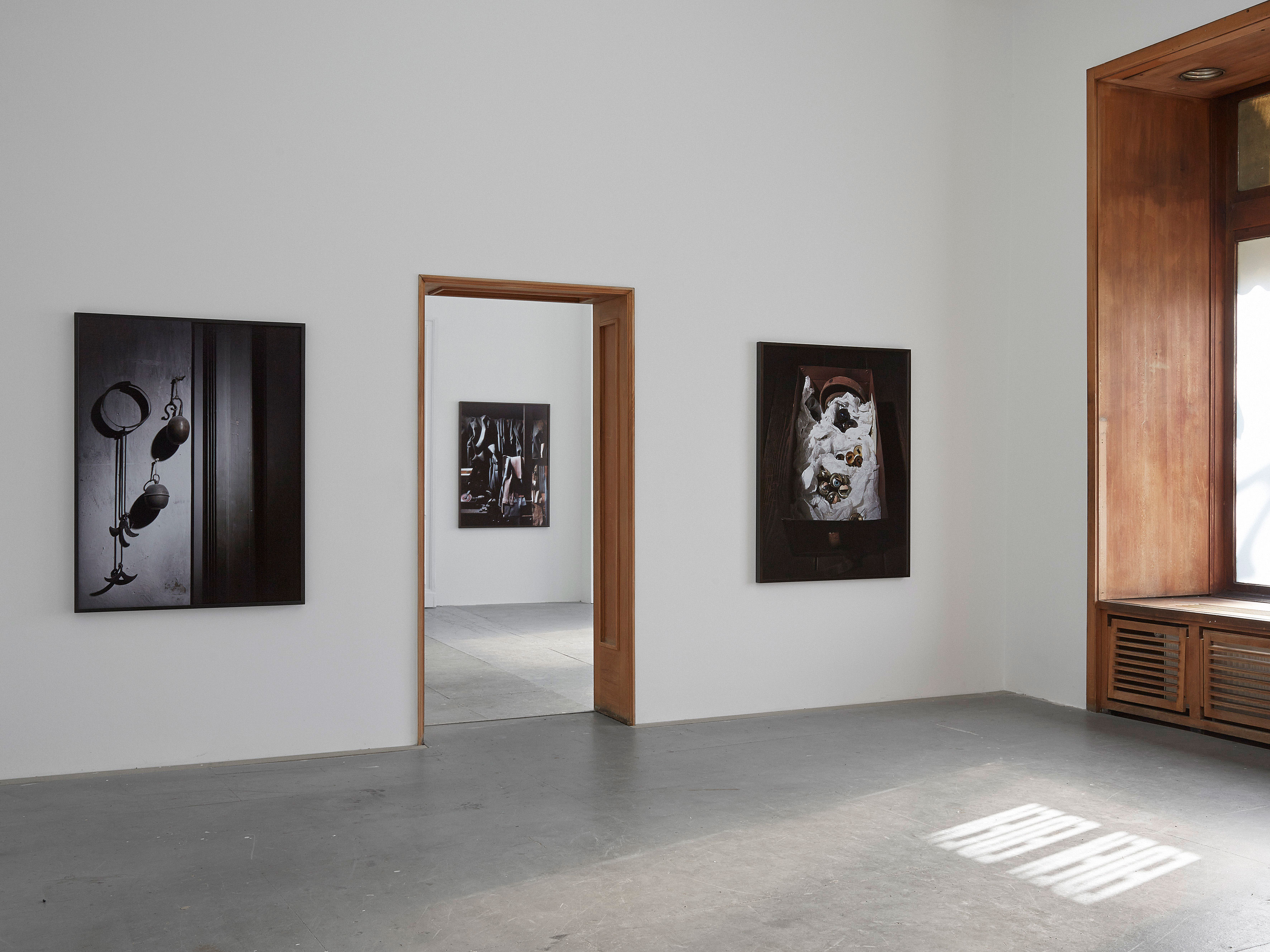
View of the exhibition "Inside Carol Rama" - photograph courtesy of Galerie Isabella Bortolozzi
What moments stand out for you in your cataloguing of the visionary Italian artist Carol Rama? I remember talking to a friend of mine that was also a very good friend of Carol Rama about the immense cultural and artistic patrimony that Carol Rama and her studio here in Turin represented. We decided that it must be given a voice, that it was much too important to lose. When I entered her studio I didn’t know what the final output would be, but I placed myself next to Carol and to what was and allowed things to take form organically. It ended up being my longest action to date. I documented this artist in her Turin studio for two years, capturing her sensitivity and freedom through a slow process of assimilation. Sometimes I would go there and I wouldn’t take any pictures, sometimes we wouldn’t even talk, we would simply be in each other’s presence. Sometimes words are superfluous, it is a question of vibrations and it is the same thing that happens when you are by the edge of the river or climbing a mountain. Communication was engendered just by being present. Her immense freedom of thought, her capacity to look at things from different points of view, her sensibility, these all went way beyond what is considered a ‘normal’ threshold. She made the creation of new lines of thought possible, having the capacity to overturn things in the best way she saw fit. Her artistic sensibility was extensive and deeply affected everything around her, including myself. The results of this diluted action in time were highly charged photographs that were also published in the artbook Inside Carol Rama (Skira, 2014).
How important was the journey to the rivers you photographed for Sources, and how did the journey itself change the resulting photo? My works always encompasses the act of going. If you think about it, right now we are orbiting around the sun at 107,210 kilometers per hour. Not only that, the Earth is rotating on its axis at 1,600 kilometers per hour. Movement is an integral part of who we are. We are in perpetual movement, even if we are not aware of it. Therefore the journey to the sources of the rivers is very much an intrinsic element of the resulting photos. It is included in the final work, because it is one of the elements that made it possible, even if it is not concretely referenced.
When I reach the sources of rivers I sit and wait exactly for the right moment when everything seems like it needs to be. I always leave having taken only one photograph, because it is all that is necessary. This moment that I look for, this moment of grace, encompasses all that has taken me to get there: from the initial research, to the encounters made along the way, to the mistakes made and the actual act of journeying to arrive at the source. All of this is condensed in one image. The photographs are the outcome of diluted actions, through which I capture the totality of experience in the fraction of a moment.
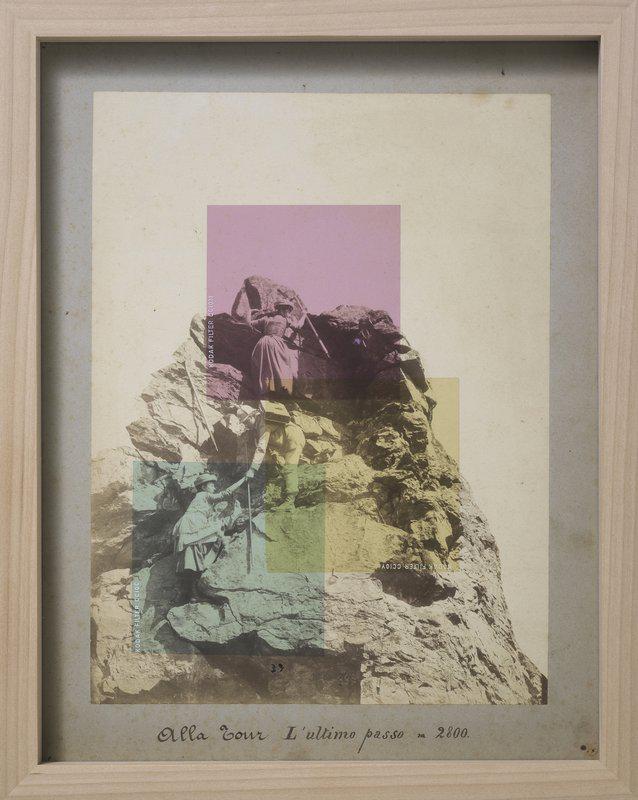
What were the feelings you were left with getting there and from the time spent photographing?
I like to make my actions in places that are somewhat eternal, that have gone through time but also retain something of their primal quality. One aspect that I find particularly fascinating about following the rivers upstream is precisely this, the fact that I walk on the margins of what has already existed for millions of years. The river bank is a line of demarcation between two opposites, on the one side there is water and the river bed molded by the natural flow of water and time, on the other there is often cultivated land, symbol of the acceleration of natural processes by the hands of man. If done with a certain sensibility and mindset, these differences meet and clash within you but you are able to hold them all together, and they will ultimately define the outcome of the work.
What’s more, it often takes time to arrive to the source that you previously identified as the one you wanted to get to. There needs to be time to make mistakes, go back on your steps and find the right branch. It is then that time takes on a different meaning, it is not a question of it simply moving forwards, it is what allows you to absorb the place, to be in tune in with the surroundings. It is when one has emphasized with their surroundings that my work really starts, because it is then that this fertile humus is created which allows you to see things as they really are.
There is a big gap between the movement needed to make a successful photograph and the stillness of the resulting image – how would you describe the importance of this for you?
Movement, or else the actions that I make in the world, is intrinsic to the final frame. It wouldn’t exist without movement in the first place therefore actions in fact define the photograph. Actions are not objects, they are a transition in time. An artwork, such as a photograph, never remains still even after it has been printed or has been given material status in our world. An artwork is never still although what it represents might seem like it is. We must remind ourselves that even if the frame appears still it is a product of an action, hence of movement, and that it will go on to live its own life in the world. As soon as there is an exchange with the spectator, the artwork will begin its movement once again, because it will be defined by the context that it’s in and by the relation with the viewers. Bidimensional objects thus acquire new possibilities, dictated by their contents which in turn have been engendered by the action. Movement never really leaves a photograph. An artwork is in perpetual motion, evolving as it changes contexts, in a constant interaction with the surrounding environment.
Methodology seems very important in your work and seems to be highlighted in the new triptychs. The idea of framing what was once a moving image – thus rendering it almost a photograph but not quite is a very interesting one – what gave you this idea and how hard was it to execute successfully? It is true that methodology is very important in my work. I feel that it is important to follow a methodology and also a certain technique to arrive to what you had in mind. This methodology or technique should be honed by the artist beforehand, so that when it comes to being in the moment, no thought will be given to methodology but things will just be allowed to take form in the most organic way possible. In this particular series I have extracted three frames from videos of different actions which recall that action in the simplest way possible. Making sense of the action means allowing it to hold its own vision of the future, its own possibility of expansion. Each triptych is unique. I have chosen the frames that I feel best express that action but they do not necessary symbolize the beginning, middle, or end of that very action. They simply represent one of the many possibilities of recreating that action. In doing so, I dismantle the work, upset it, spend an exhausting number of hours looking at it from every possible angle. In the end, it always turns out that the most essential actions are the correct ones to take.
Time seems so important in your work – taking the actual photograph and then living with and enhancing it in the weeks after The flow of time is an integral part of the process. It is incorporated in the action itself. Once the action has been recorded, the resulting video is not only a representation of that action but also of that particular action moving forwards in time. Once the action develops onto other mediums, for example onto the triptychs, the time of that initial action is also multiplied in the evolution of the artwork itself. In this sense my video recordings allow me to manipulate time, extend it, dilate it, in a way which is not possible to do in everyday life. What it relates to, the action, is only there in essence. In fact they are a tangible version of something immaterial, a sort of paradox.
See more work by Bepi Ghiotti at his artist page here .
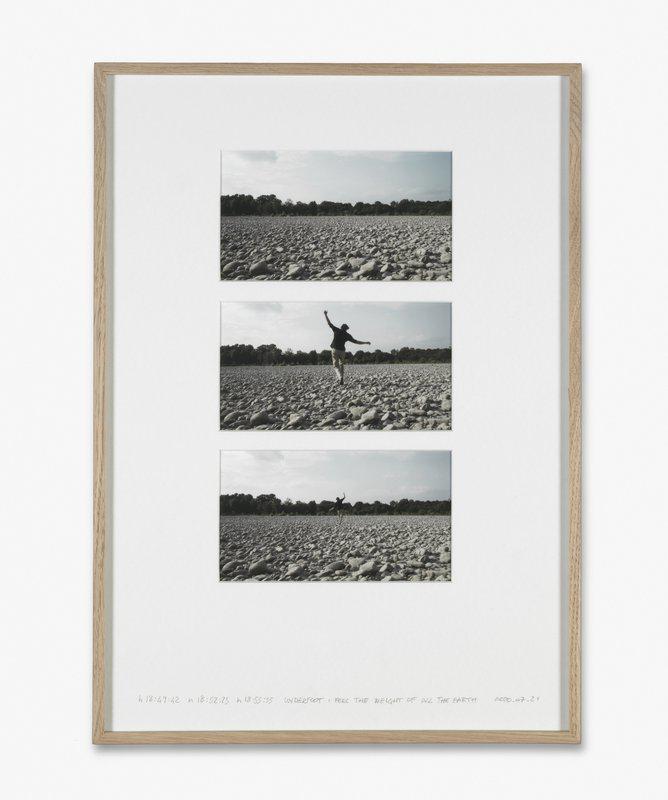 BEPI GHIOTTI - Underfoot I feel the weight of all the earth, 2020
BEPI GHIOTTI - Underfoot I feel the weight of all the earth, 2020











